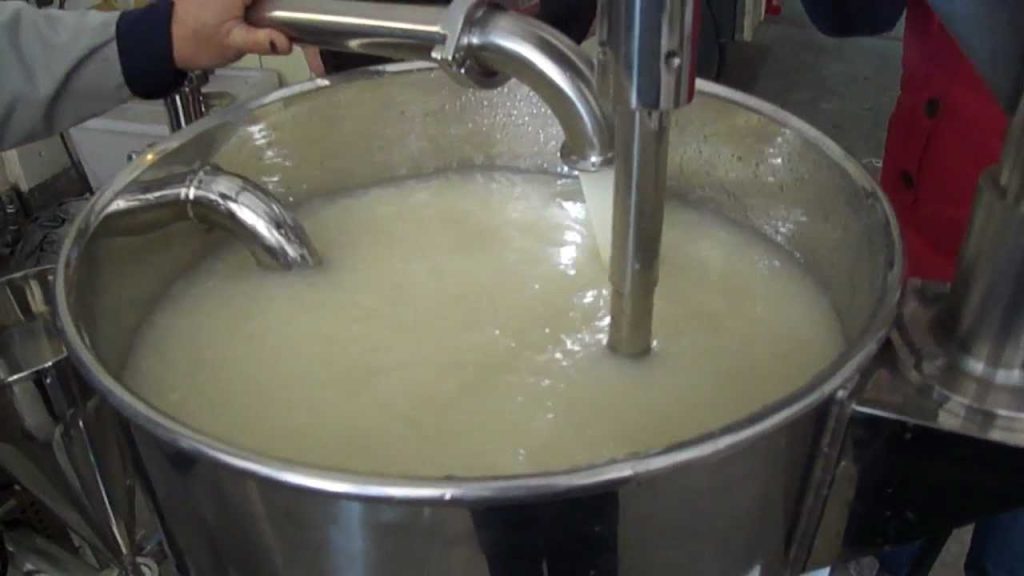
Xanthan gum is a popular food additive that is used as a thickening and stabilizing agent in a variety of foods and personal care products. It is a natural polysaccharide that is produced through a fermentation process. In this blog post, we will explore the xanthan gum manufacturing process in detail and examine eight key subtopics.
Introduction to Xanthan Gum
Xanthan gum is a natural polysaccharide that is produced by the bacterium Xanthomonas campestris. It is a high molecular weight polymer that is composed of repeating units of glucose, mannose, and glucuronic acid. Xanthan gum is used as a thickening, stabilizing, and gelling agent in a variety of food and personal care products.
Fermentation
Bravo Limited industry will update you about this step by step. The first step in the xanthan gum manufacturing process is fermentation. Xanthomonas campestris is grown in a culture medium containing carbon, nitrogen, and other nutrients. The culture is incubated at a temperature of 28-30°C for 24-48 hours. During fermentation, the bacteria produce xanthan gum as an extracellular polysaccharide.
Isolation and Purification
Once the fermentation process is complete, the xanthan gum is isolated and purified. The culture medium is centrifuged to remove the bacterial cells and other impurities. The resulting solution is then treated with alcohol, which causes the xanthan gum to precipitate out of solution. The xanthan gum is then dried and milled to produce a fine powder.
Quality Control
Brova.co Quality control is an important part of the xanthan gum manufacturing process. The xanthan gum’s purity, viscosity, and particle size must be carefully controlled to ensure that it meets the desired specifications. Various analytical techniques, such as gas chromatography, infrared spectroscopy, and rheological testing, are used to assess the quality of the xanthan gum.
Applications
Xanthan gum is used in a variety of food and personal care products. It is commonly used as a thickening agent in salad dressings, sauces, and soups. It is also used as a stabilizer in ice cream, yogurt, and other dairy products. In personal care products, xanthan gum is used as a thickener and emulsifier in shampoos, lotions, and other cosmetic products.
Health and Safety
Xanthan gum is generally considered safe for human consumption. The human body does not metabolize it and is excreted unchanged in the feces. However, some individuals may experience gastrointestinal discomfort, such as bloating and gas, when consuming foods that contain xanthan gum. Xanthan gum is also considered safe for use in personal care products.
Sustainability
The production of xanthan gum is a relatively sustainable process. Xanthomonas campestris is a naturally occurring bacterium that can be isolated from the environment. Additionally, the fermentation process used to produce xanthan gum does not require extensive energy inputs or produce large amounts of waste.
Future of Xanthan Gum
The demand for xanthan gum will continue to grow in the coming years. As consumers become more health-conscious and demand more natural and sustainable ingredients, the demand for xanthan gum will likely increase. Additionally, developing new applications for xanthan gum, such as in producing biofuels and bioplastics, may contribute to its future growth.
In conclusion, xanthan gum is a natural polysaccharide that is produced through a fermentation process. The xanthan gum manufacturing process involves fermentation, isolation and purification, quality control, applications, health and safety, sustainability, and the future of xanthan gum. The process is relatively sustainable, and the demand for xanthan gum will continue to grow in the coming years.
